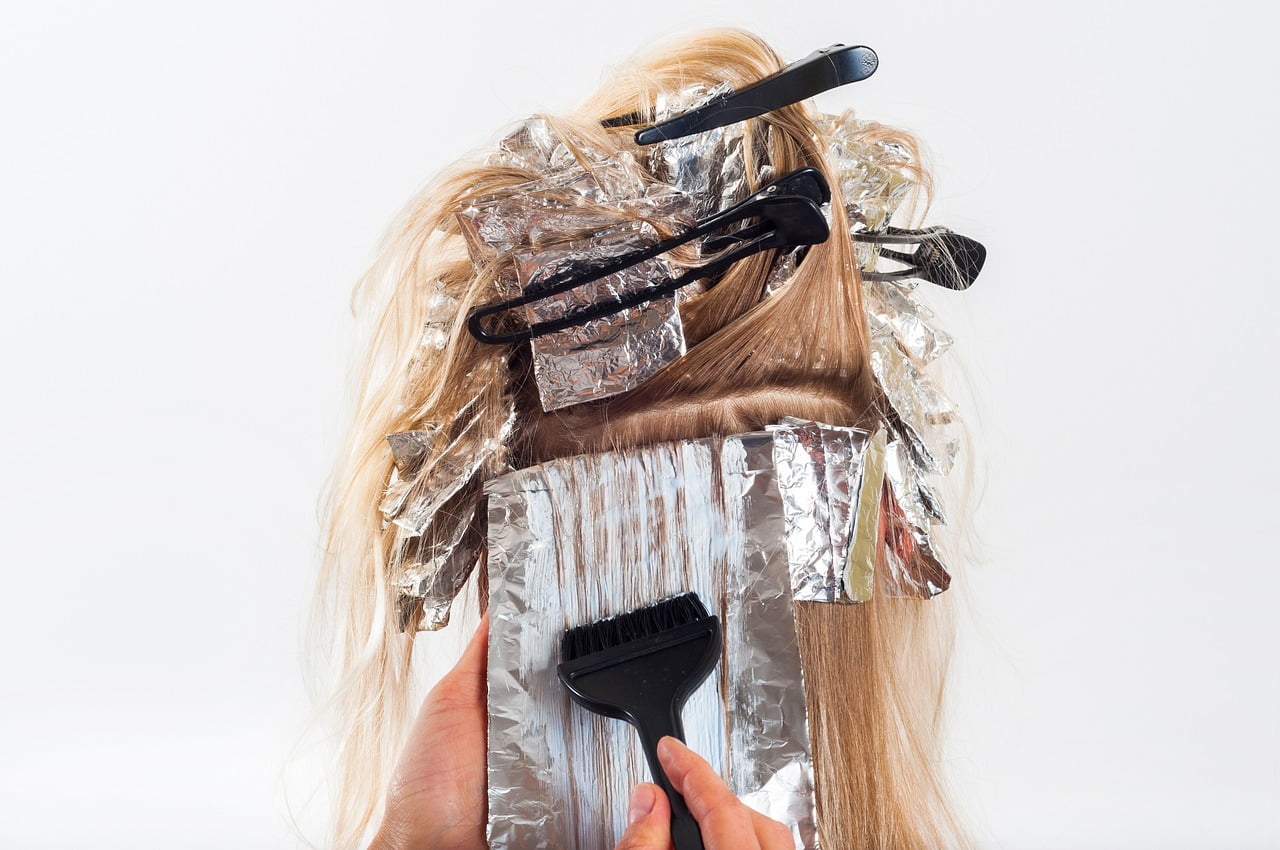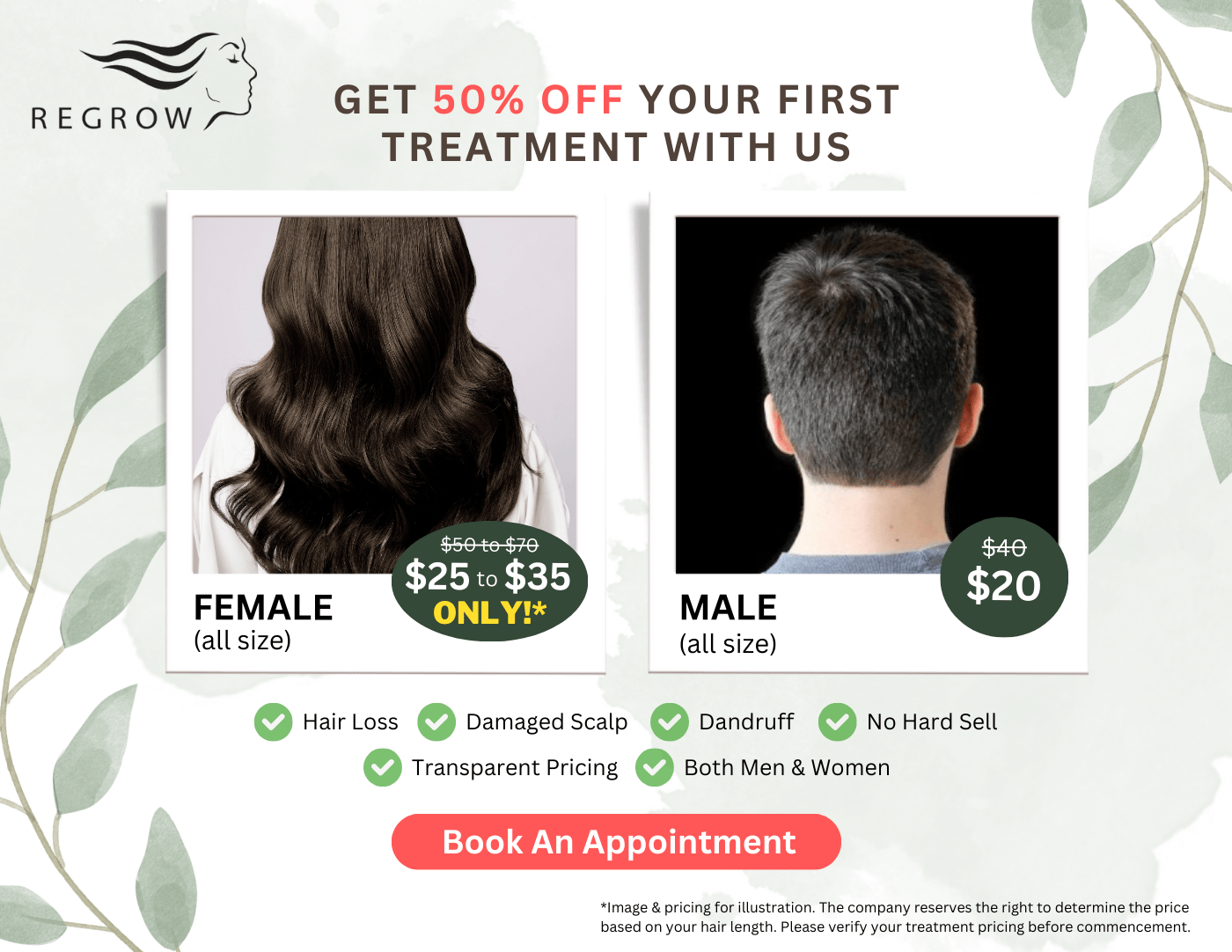Last Updated on: 1st June 2023, 05:19 am
It’s herbal so it is safe, right?
Wrong! Not everything organic is free of chemicals. Traditional hair dyes are made mostly from henna, indigo, and cassia. Although these are natural ingredients, if it claims to be a permanent hair color then it’s not 100% free of chemicals.
Basic Components of Hair Dye
Permanent hair color contains synthetic ingredients to make them work. Hair dye may have different formulation but the common hair dye ingredients remain the same.
Base Cream
Hair dye typically uses two types of emulsions – oil component or water component emulsion. The ingredients of base creams are surfactants, fatty alcohols, and other emulsifying agents.
Color Precursor
To build big color molecules, the hair dye needs small colorless molecules to penetrate the hair. The usual examples of precursors are meta-aminophenol, para-phenylenediamine, and an ingredient to absorb ammonia – resorcinol.
Alkalizing Agent
Ammonia is the best example of an alkalizing agent. Ammonia helps open the cuticle layer to allow precursors to penetrate the hair. Another use of the alkalizing agent is to trigger the oxidative reaction between hydrogen peroxide and color precursors. Due to the bad reputation of ammonia, most brands use ethanolamine, which works the same way like ammonia.
Polymeric Agent
These are caring agents or conditioners to control the style of the hair, reduce friction caused by combing, and provide the shiny appearance of the hair. Known polymers are polyquaternium 7, 10, and 11; guar hydroxypropyltrimonum chloride. Silicone polymers include amodimethicone, dimethicone, or cyclomethicone.
Antioxidant
Antioxidants help prevent pre-oxidation of the precursors once stored. Vitamin C or ascorbic acid, sodiumdithionate and sodium sulfite are common antioxidants.
Complexing Agent
This helps prevent heavy metals from developing that could negatively react against hydrogen peroxide. Phosphate, phosponate, and zeolites are common complexing agents.
Dyestuff
These are soluble pigments mainly used in semi-permanent hair dye but may also be found in permanent hair dye. Dyestuff make hair color vibrant.
Perfume
Perfume or scent is an additional ingredient added to natural hair dye to mask the smell of ammonia.
How to Choose a Safer Hair Dye for the Hair
People think that when the product says it’s ammonia-free, it means it is free from toxic chemicals. Consumers need to understand that permanent hair color or semi-permanent hair color need synthetic chemicals to work.
The natural constituents of henna are tannins, flavonoids, lipids, terpenoids, gallic acid, essential oils, and a host of other compounds that can be good for the skin and the body, but despite these, some of these compounds have negative effects. Essential oil, for one, can irritate the skin when applied directly without a base oil like coconut oil.
What does this mean then? It proves that 100% safe hair dye is not possible but the good news is you can lessen its negative effects by choosing a safer option. Here are some tips to follow when choosing a herbal hair color with natural ingredients:
- Natural hair dyes. Consider using temporary hair dye instead of permanent hair color and semi-permanent hair color. Natural hair dyes like herbal and vegan hair colors are good alternatives. Henna is the most common plant that most consumers use. Lemon juice, turmeric, beet juice, and carrot juice are also good natural hair dye substitutes.
- Vague ingredients. The US FDA requires all product labels to list down the ingredients used to manufacture the product. Avoid brands that list vague terms. If the product claims it is henna dye, the ingredient should list henna as an ingredient and not something vague like black henna or golden henna. There is only one henna plant and the color produced from it is red-orange.
- Ingredients to Avoid. Avoid brands that have para-phenylenediamine, ammonia, coal tar, peroxide, sulfates, parabens, MEA, propylene glycol, formaldehyde, phthalates, DEA.
- Unrealistic Claims. If your henna natural dye claims to give you long lasting color, it most likely contains chemicals to make the hair color last.
- Scent. No amount of perfume can really mask the scent of synthetic ingredients. It may smell good at first, but if you sniff long enough, you will smell the distinct scent of the chemicals.
- Do Your Research. Do research about the hair dye you want to use to get more information. Look up the ingredients listed on your hair dye. Getting more information on your chosen hair dye can help you avoid possible issues later on.
- Embrace your natural shade. This is the only way to keep your hair free of harsh chemicals. Accept that gray hairs are a natural occurrence in life.
The US FDA considers hair dyes as cosmetic products and hardly regulates them. The responsibility of regulating the ingredients of cosmetic products is left to the manufacturer. This makes it easy for toxic chemicals to sneak into hair dye products.







